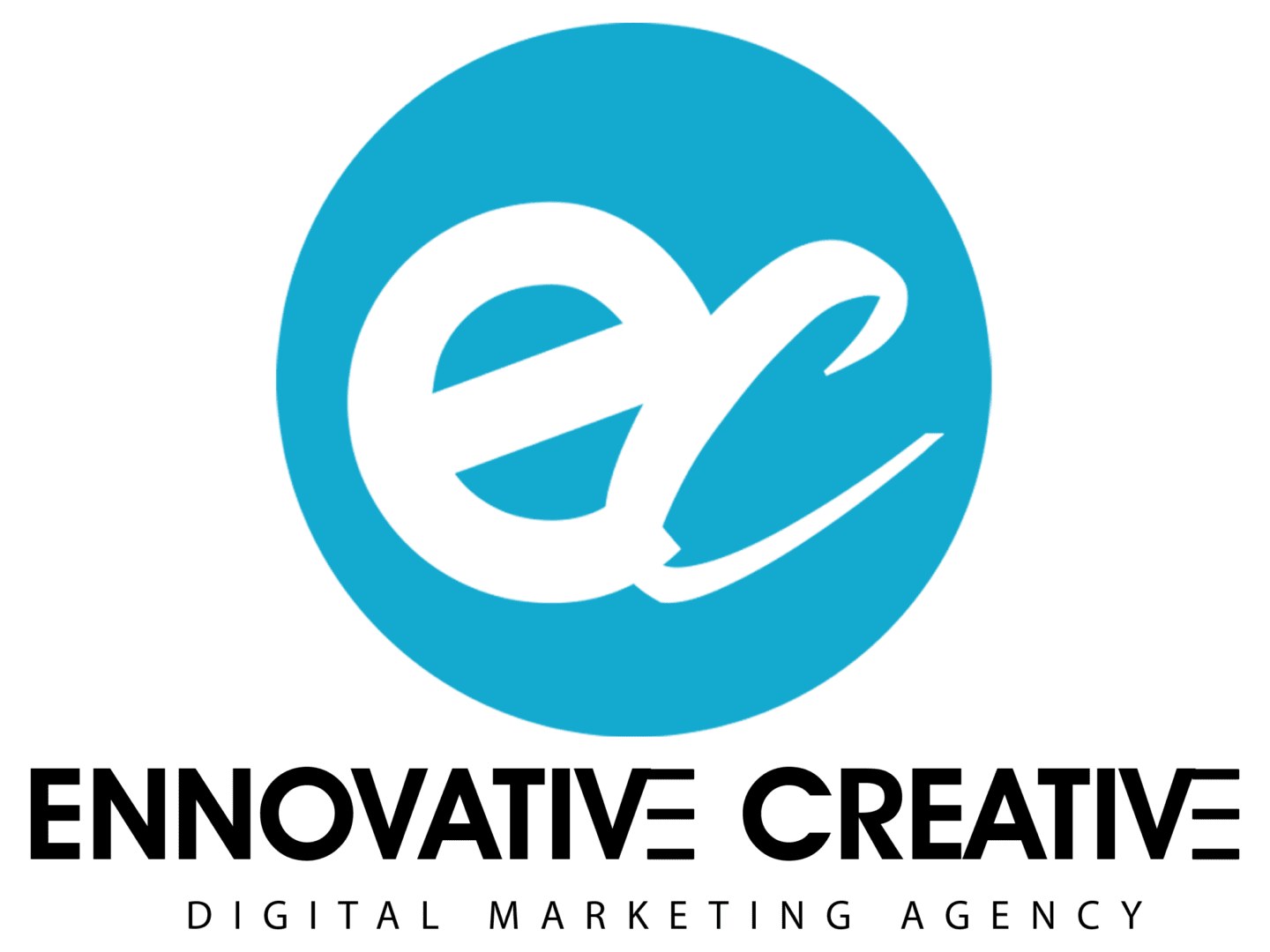As a local business owner, you know the importance of building strong customer relationships, driving sales, and increasing brand awareness. One of the most powerful tools in your digital marketing arsenal is email marketing. In this article, we’ll show you how to use email marketing like a pro, with tips and strategies that will help you build an engaged email list, craft compelling content, and analyze performance to achieve a high return on investment (ROI).
Building a Quality Email List
The first step to successful email marketing is building a quality email list. There are a few different types of email lists you can create, including opt-in lists, customer lists, and segmented lists. Opt-in lists are created by asking people to sign up for your email newsletter, while customer lists are created by importing existing customer data. Segmented lists are created by dividing your email list into smaller, more targeted groups based on specific criteria, such as demographics, interests, or behavior.
To grow your email list, it’s important to offer something of value to your subscribers, such as exclusive content or discounts. You can also promote your email list on your website, social media profiles, and in-store. It’s important to maintain your email list hygiene by regularly removing inactive subscribers and cleaning up your data to ensure the accuracy and relevance of your list.
If you want to grow your email list, make sure you offer your subscribers something that they will find valuable. Some examples include:
- Exclusive discounts or promotions: Offer a special discount code or limited-time promotion for signing up to your email list.
- Free resources or guides: This can be anything from a free e-book or PDF guide to a how-to video or tutorial.
- Contests or giveaways: Hold a contest or giveaway and require participants to provide their contact information to enter.
- Free trials or consultations: Offer a free trial or consultation of your product or service in exchange for contact information.
- Webinars or workshops: Host a free webinar or workshop and require participants to provide their email address to register.
- Checklists or templates: Provide a downloadable checklist or template that helps solve a common problem or simplify a task related to your industry.
- Free samples or demos: Offer a free sample or demo of your product or service to encourage potential customers to try it out.
- Interactive tools or calculators: Create an interactive tool like a ROI calculator, website grader, social media audit tool, in exchange for their contact info.
- Newsletter subscription: Offer a regular newsletter that provides valuable information, industry insights, and exclusive updates to your subscribers.
- Free shipping or delivery: Offer free shipping or delivery for a limited time to encourage potential customers to make a purchase.
The key to a successful lead magnet is to make it valuable and relevant to your target audience. It should address a specific pain point or problem that they may have and provide a clear benefit for signing up to your email list or providing their contact information. By offering something of value, you can not only attract potential customers but also build trust and credibility with them, which can lead to long-term business relationships.
Promote your email list on different platforms like your website, social media accounts, and even in your physical store to reach a wider audience. To keep your email list relevant and effective, regularly remove inactive subscribers and clean up your data. By doing so, you can improve your engagement rates and connect better with your audience.

Choosing the Right Email Marketing Platform
The next step to using email marketing like a pro is choosing the right email marketing platform. There are many different platforms to choose from, each with its own features and pricing structure. Some popular options for local businesses include Mailchimp, Constant Contact, and Campaign Monitor.
When choosing an email marketing platform, it’s important to look for features such as email templates, automation workflows, segmentation tools, and analytics. Pricing considerations include monthly fees, email sends limits, and additional features such as A/B testing and integrations with other marketing tools.
Creating Compelling Subject Lines and Preview Text
Once you have your email list and platform in place, it’s time to start crafting compelling content. One of the most important elements of your email content is your subject line and preview text. Your subject line should be attention-grabbing and concise, while your preview text should provide a preview of the content inside your email.
Subject Line: Join Us for a Free Wine Tasting Event!
Preview Text: Discover new wines and mingle with fellow wine lovers – RSVP now to secure your spot!
Subject line: Courtney, Enjoy a Relaxing Spa Day with Our Exclusive Package!
Preview Text: Pamper yourself with our luxurious spa package that includes a massage, facial, and more – book your appointment today!
To craft effective subject lines and preview text, it’s important to understand your audience and what will resonate with them. You can also use personalization, urgency, or curiosity to grab their attention. A/B testing different subject lines and preview text can help you determine what works best for your audience.
Creating Visually Appealing Email Templates
In addition to compelling content, it’s important to have visually appealing email templates. A well-designed email can increase engagement and make your content more memorable. When designing your email templates, it’s important to consider factors such as your brand identity, the layout of your email, and the use of images and graphics.
It’s also important to make sure your emails are mobile-friendly, as more and more people are checking their email on their phones. This means using responsive design techniques, optimizing your images for mobile, and making sure your text is easy to read on a small screen.
Delivering Content that Resonates with Your Audience
Once you have your email list, platform, and design in place, it’s time to start creating content that resonates with your audience. This means understanding their needs, interests, and pain points, and creating content that provides value and solves their problems.
Some effective types of email content include educational content, product announcements, exclusive deals and discounts, and customer stories or testimonials. It’s important to vary your content and keep it fresh and engaging, while also maintaining a consistent tone and brand voice
Using Automation to Nurture Leads and Customers
Automation can also be a powerful tool in email marketing. By setting up automated workflows and drip campaigns, (also known as autoresponders) you can nurture leads and customers over time, without having to manually send each email.
For example, you might set up an automated welcome series for new subscribers, which includes a series of emails introducing them to your business, offering them a discount on their first purchase, and providing them with helpful information or resources.
Testing and Analyzing Your Email Campaigns
To ensure that your email marketing efforts are effective, it’s important to regularly test and analyze your email campaigns. This can involve A/B testing different elements of your emails, such as subject lines, content, or calls-to-action, to see what resonates best with your audience. This is marketing 101 at its core.
You can also track key metrics such as open rates, click-through rates, and conversions to determine the success of your campaigns. This data can help you optimize your email marketing strategy over time and achieve a higher ROI.
Complying with Email Marketing Laws and Regulations
Finally, it’s crucial that you comply with email marketing laws and regulations. This includes obtaining consent from subscribers before sending them emails, including an unsubscribe link in all emails, and following rules around spam and anti-spam laws. And don’t take it personal when people unsubscribe from your list – It happens all the time, and they weren’t going to end up as customers anyway.
By following these best practices and incorporating these strategies into your email marketing efforts, you can use email marketing like a pro and achieve greater success for your local business.
Measuring your ROI
Measuring email marketing ROI is a must to understand the impact of your campaigns and determine whether they are achieving your business goals. After all, you want to know if your email marketing efforts are paying off or not. It can also help you make informed decisions about future investments and optimize your email marketing strategy for maximum impact.
To measure email marketing ROI, it’s important to track key metrics that indicate the impact of your campaigns. These metrics include:
Open rates: This metric measures the percentage of subscribers who open your email. A high open rate can indicate a compelling subject line and preview text that entices subscribers to read your message.
Click-through rates: This metric measures the percentage of subscribers who click on a link in your email. A high click-through rate can indicate engaging content and a clear call to action that encourages subscribers to take action.
Conversion rates: This metric measures the percentage of subscribers who take a desired action, such as making a purchase or filling out a form. A high conversion rate indicates that your email campaign is effective in driving the desired action.
Revenue generated: This metric measures the amount of revenue generated by your email campaigns. By tracking revenue, you can determine the return on investment of your email marketing efforts and make informed decisions about future investments.
To track these metrics, you can use email marketing software that provides analytics and reporting features, such as Mailchimp, Constant Contact, or Campaign Monitor. These tools can provide insights into your email campaigns’ performance, allowing you to make data-driven decisions about your email marketing strategy.
Wrapping it up
Email marketing is a powerful tool for local businesses looking to build customer relationships, drive sales, and increase brand awareness. By building an engaged email list, and creating compelling content, you will be well on your way to creating email campaigns that keep your customers engaged and coming back for more.
Remember to stay focused on providing value to your subscribers and delivering relevant, engaging content, and to continually refine your approach over time. With the right strategies and a commitment to success, you can achieve a high ROI and drive your business forward with email marketing just like the pro’s do. So, get out there and start sending some emails!
Want to know more Click here to get in touch now
